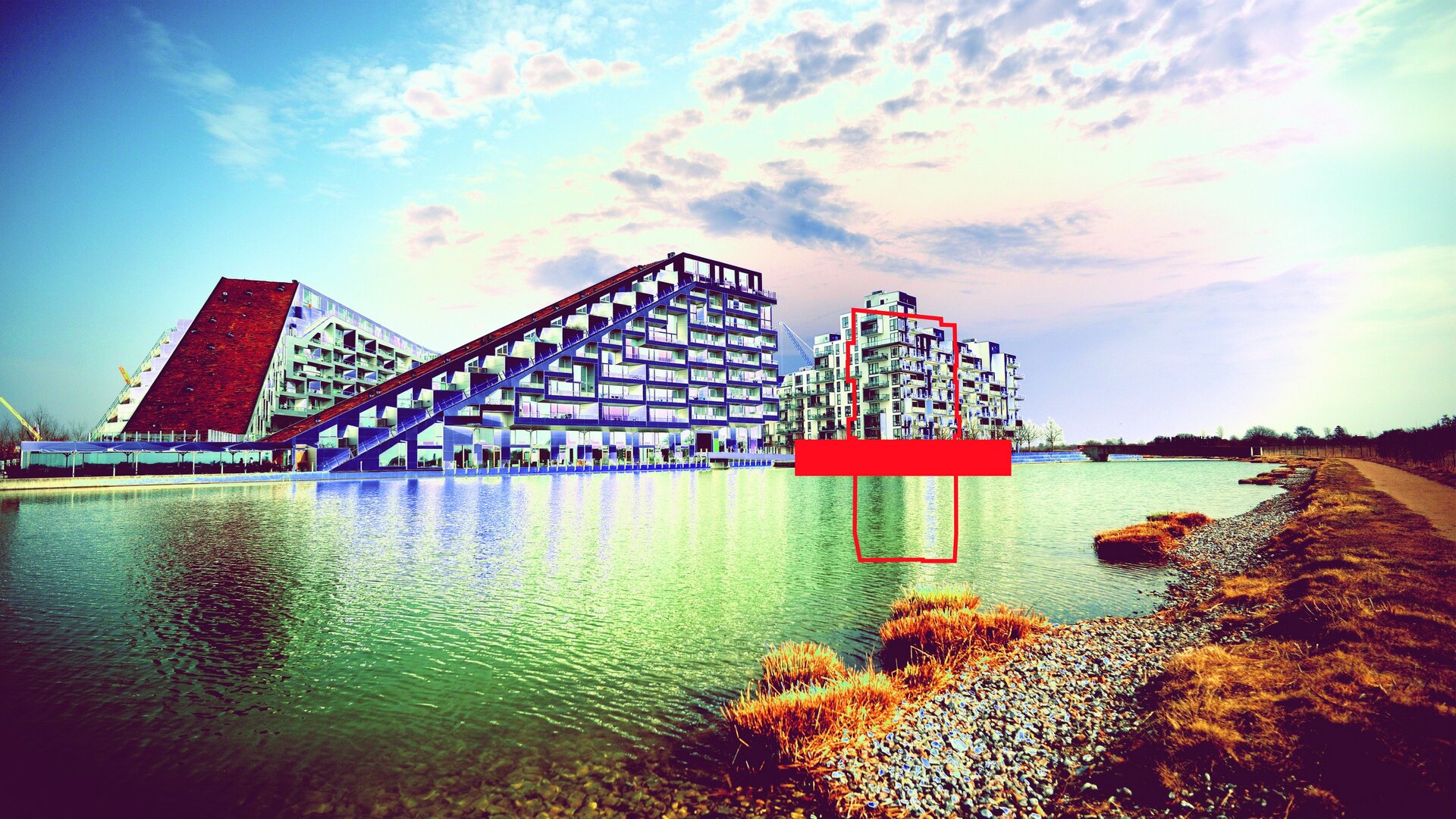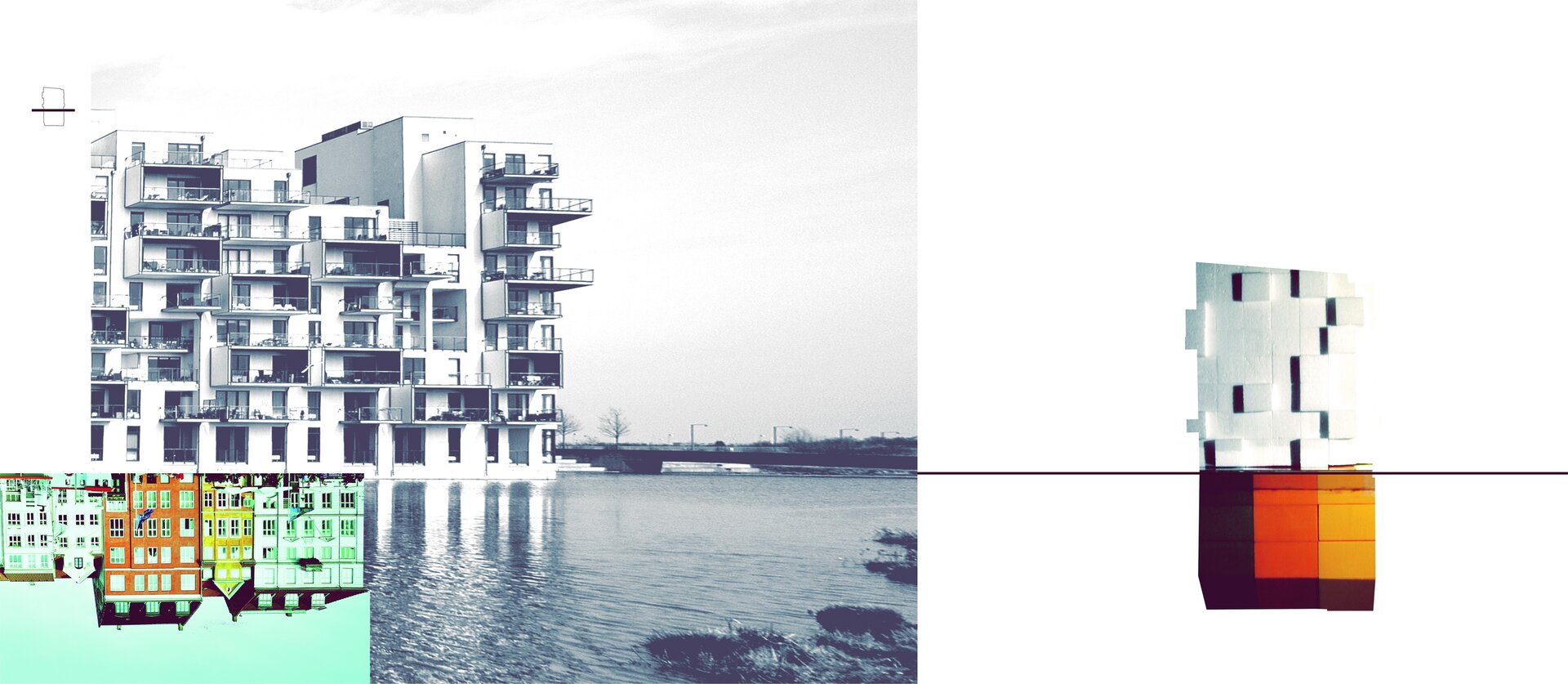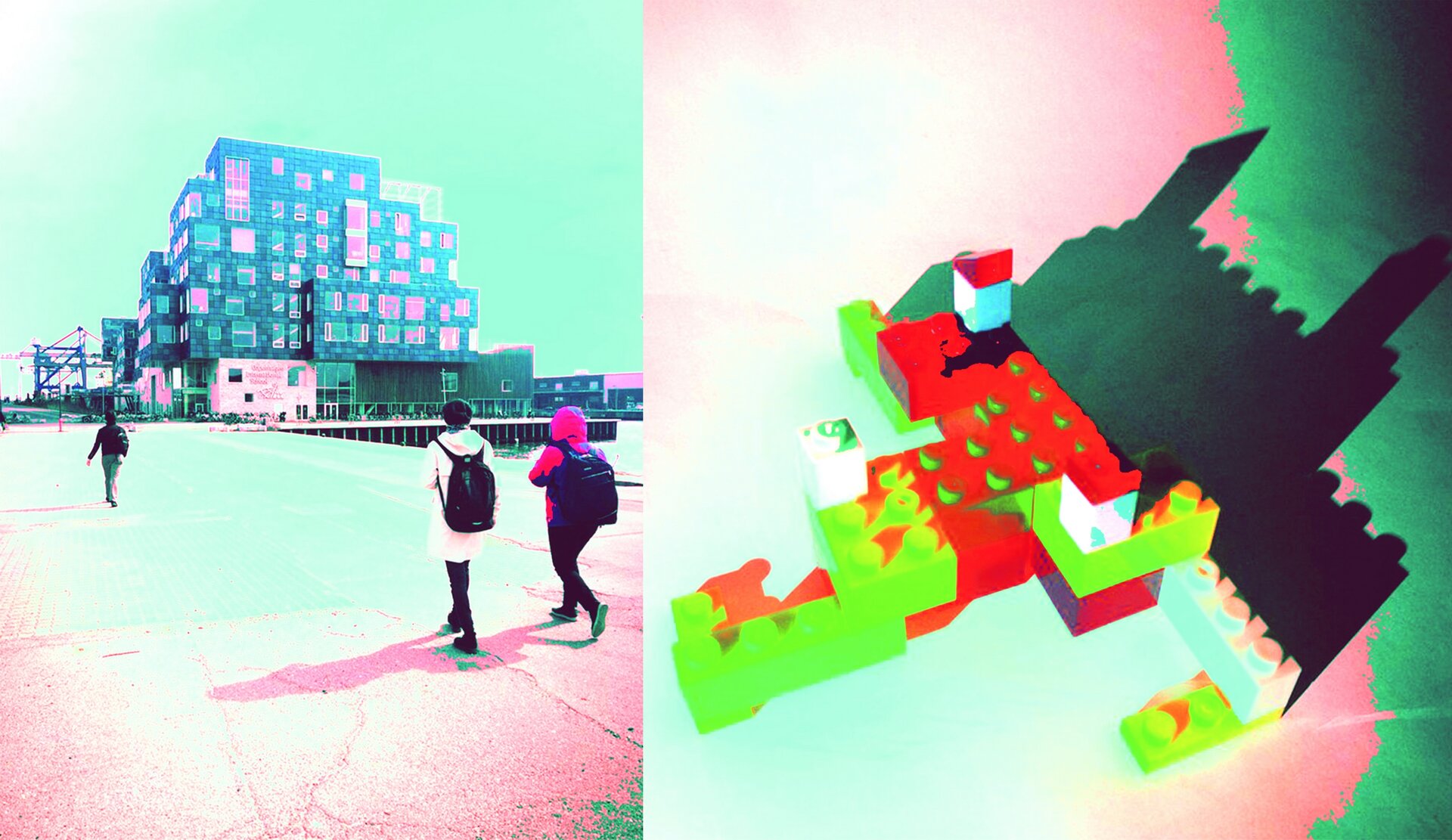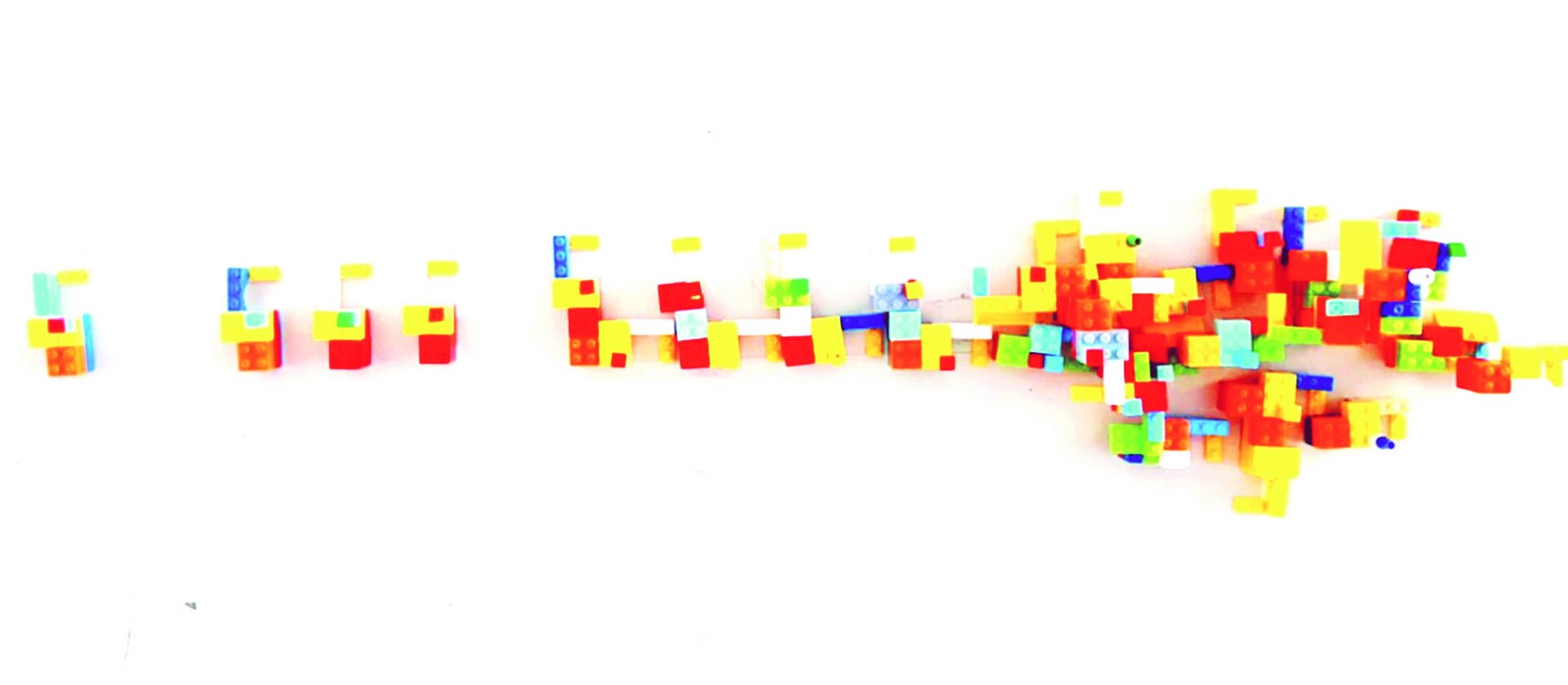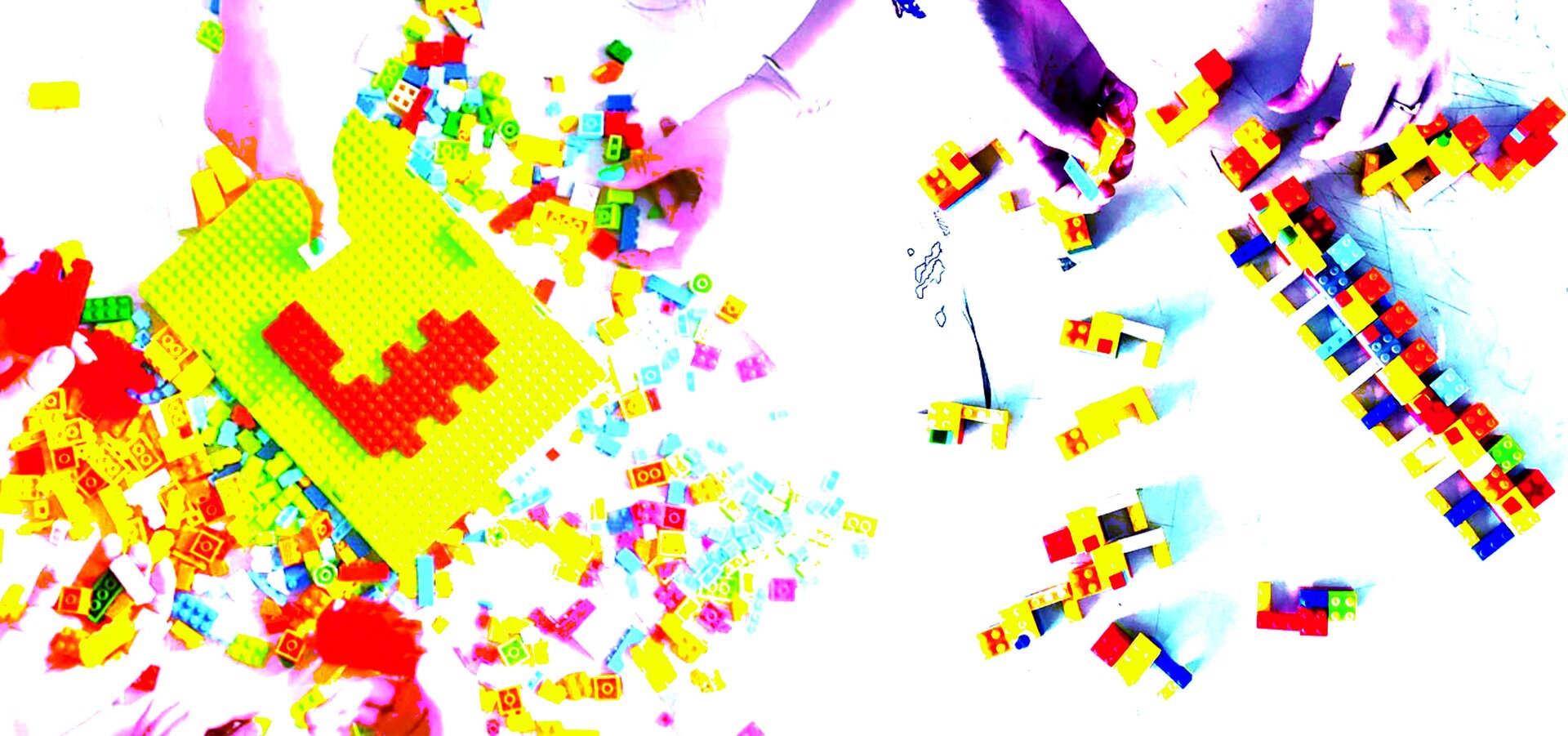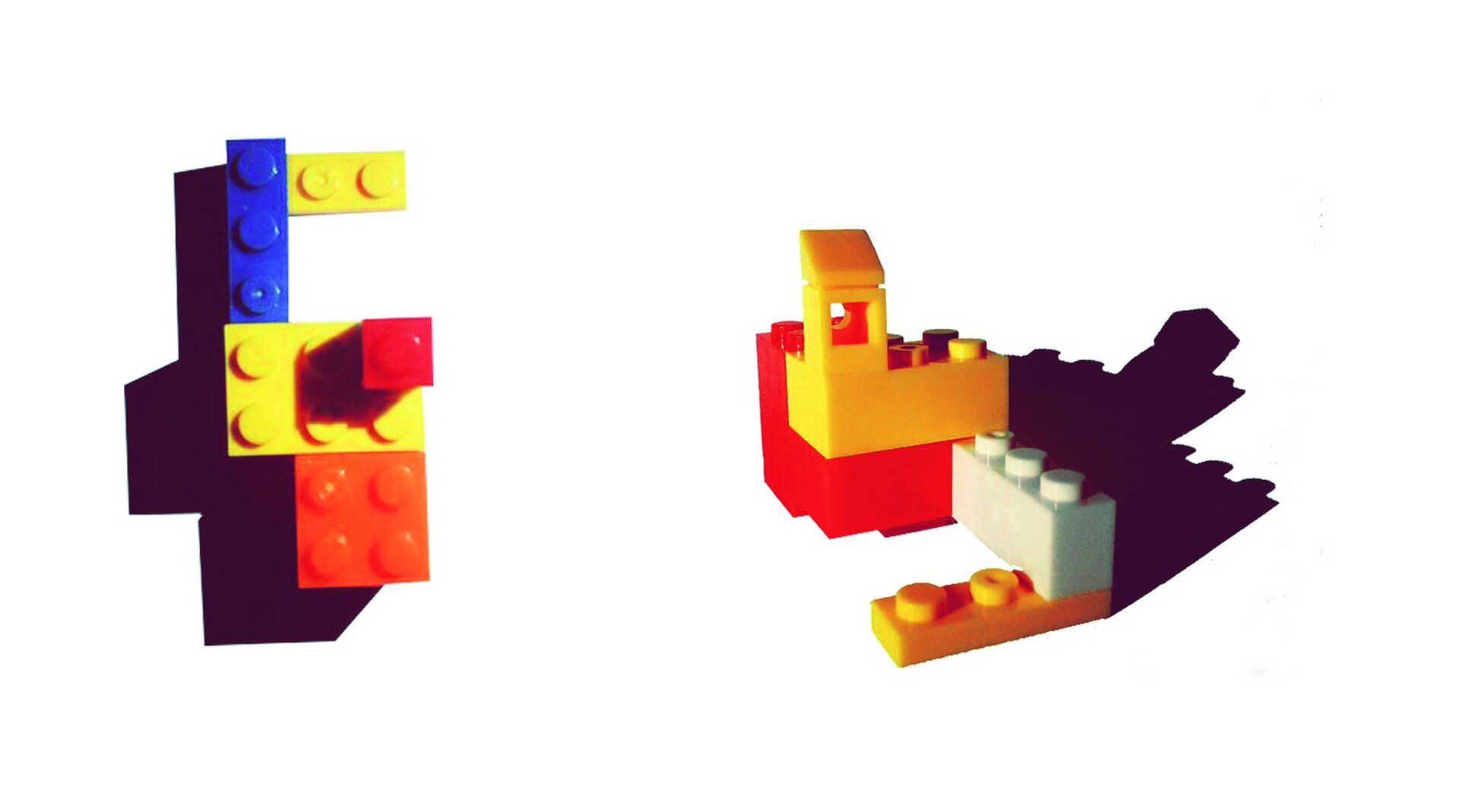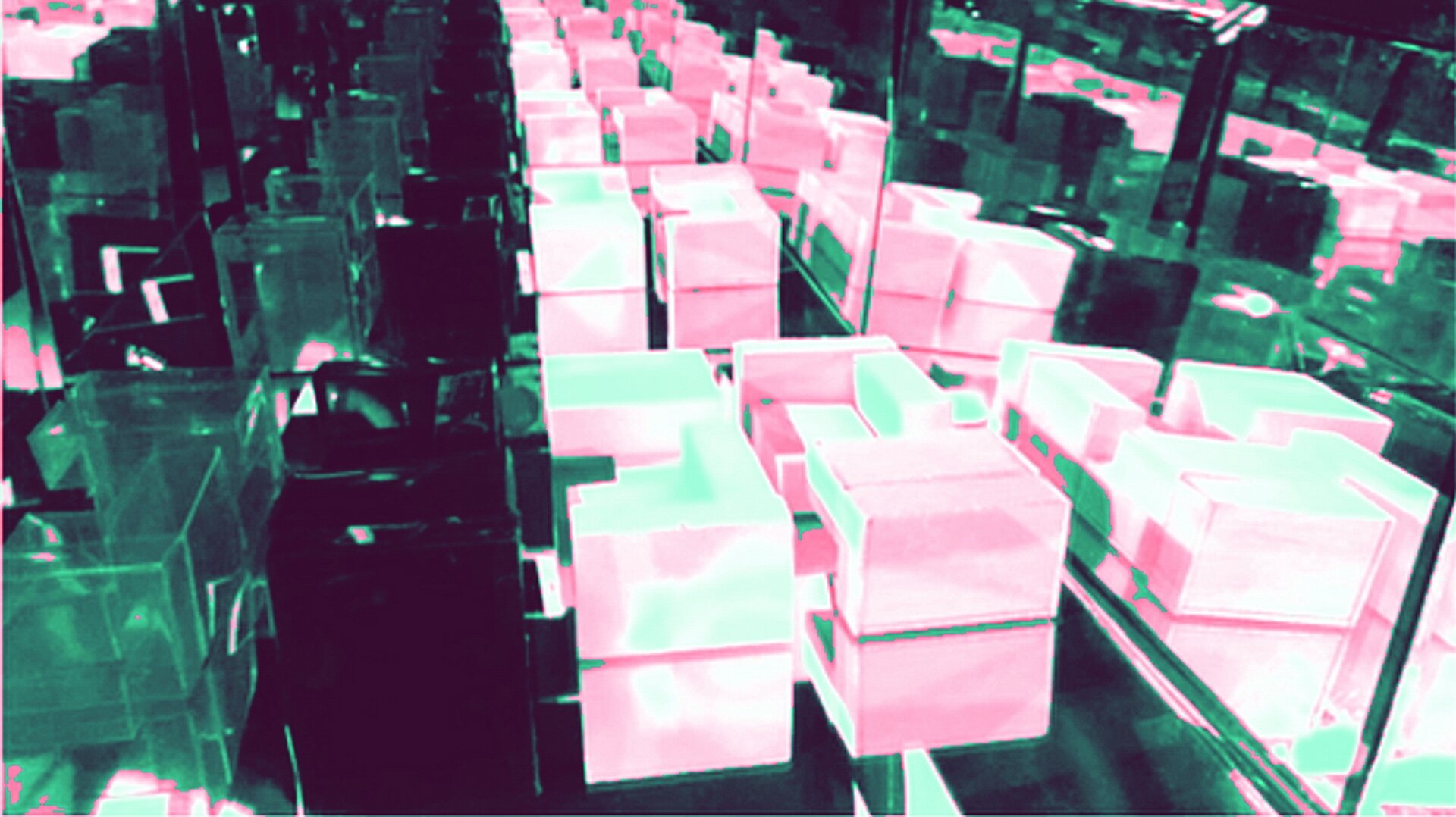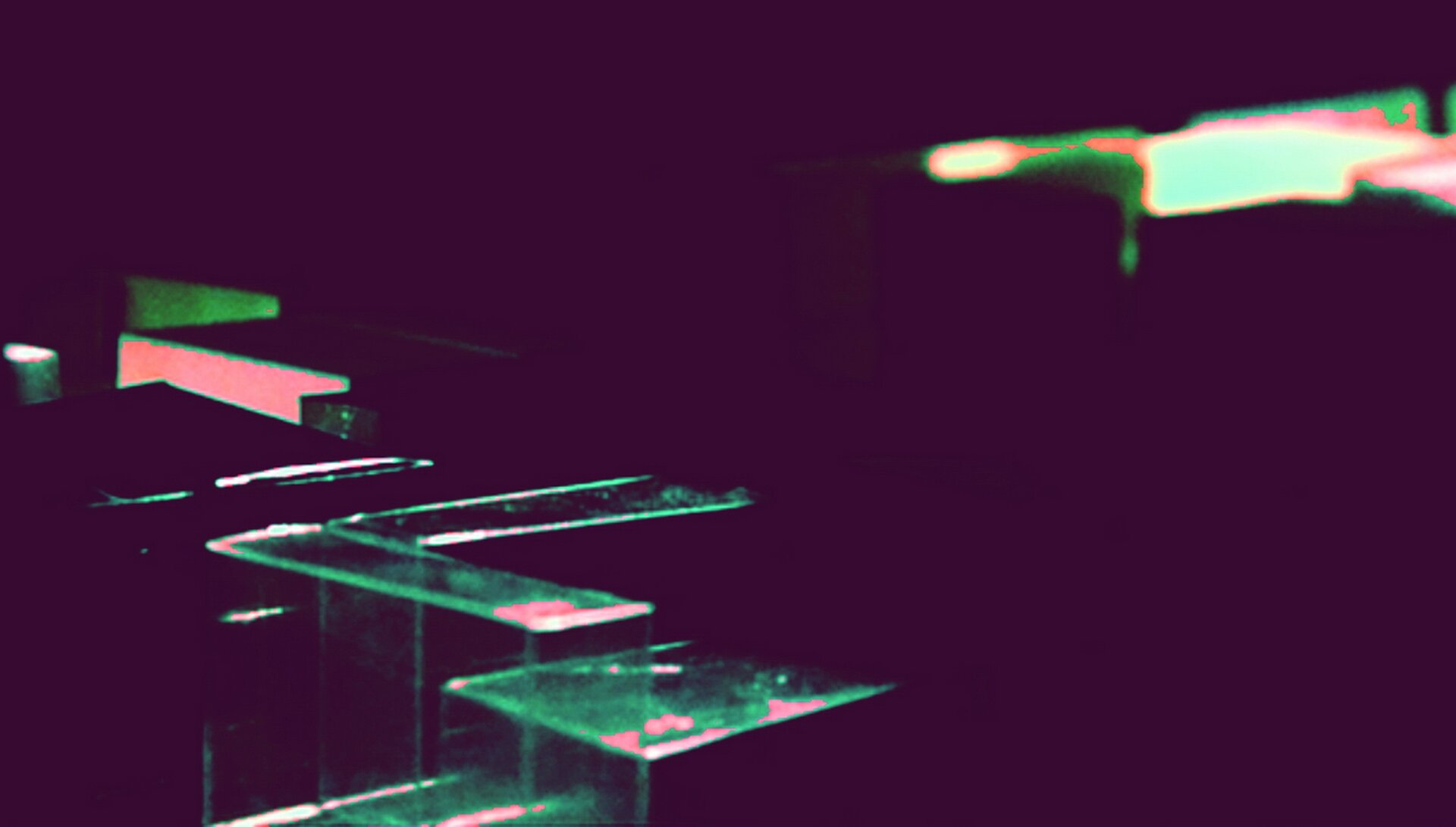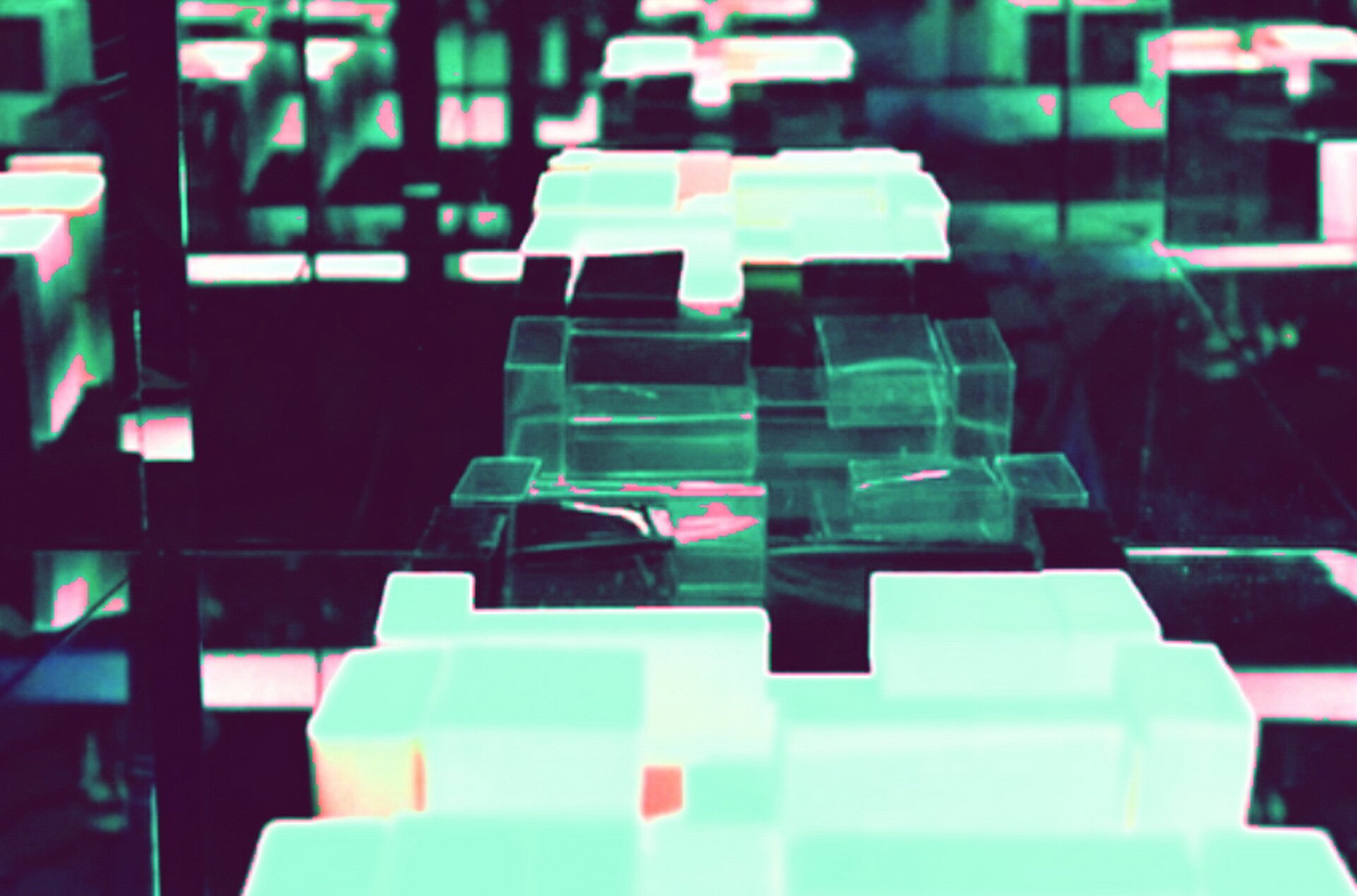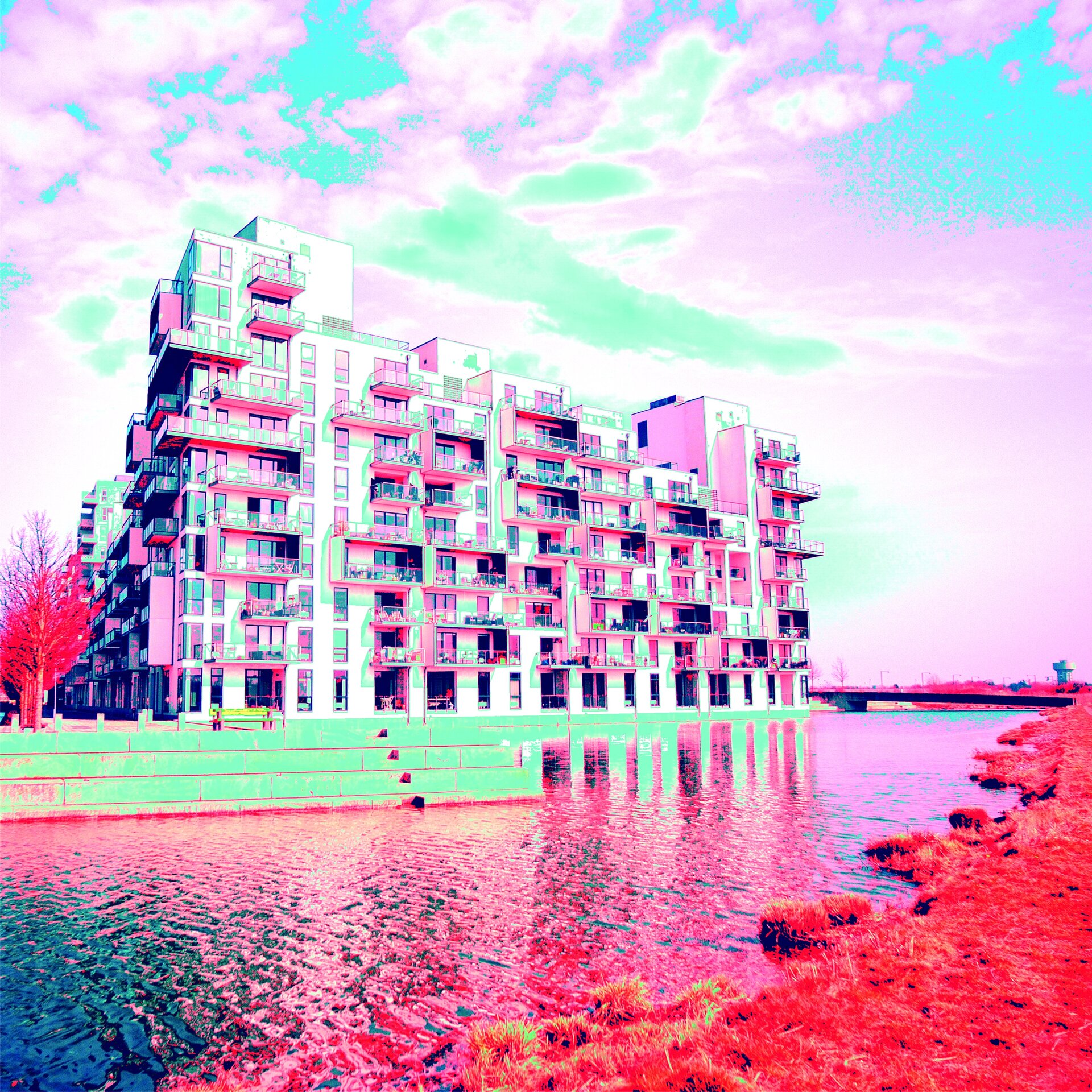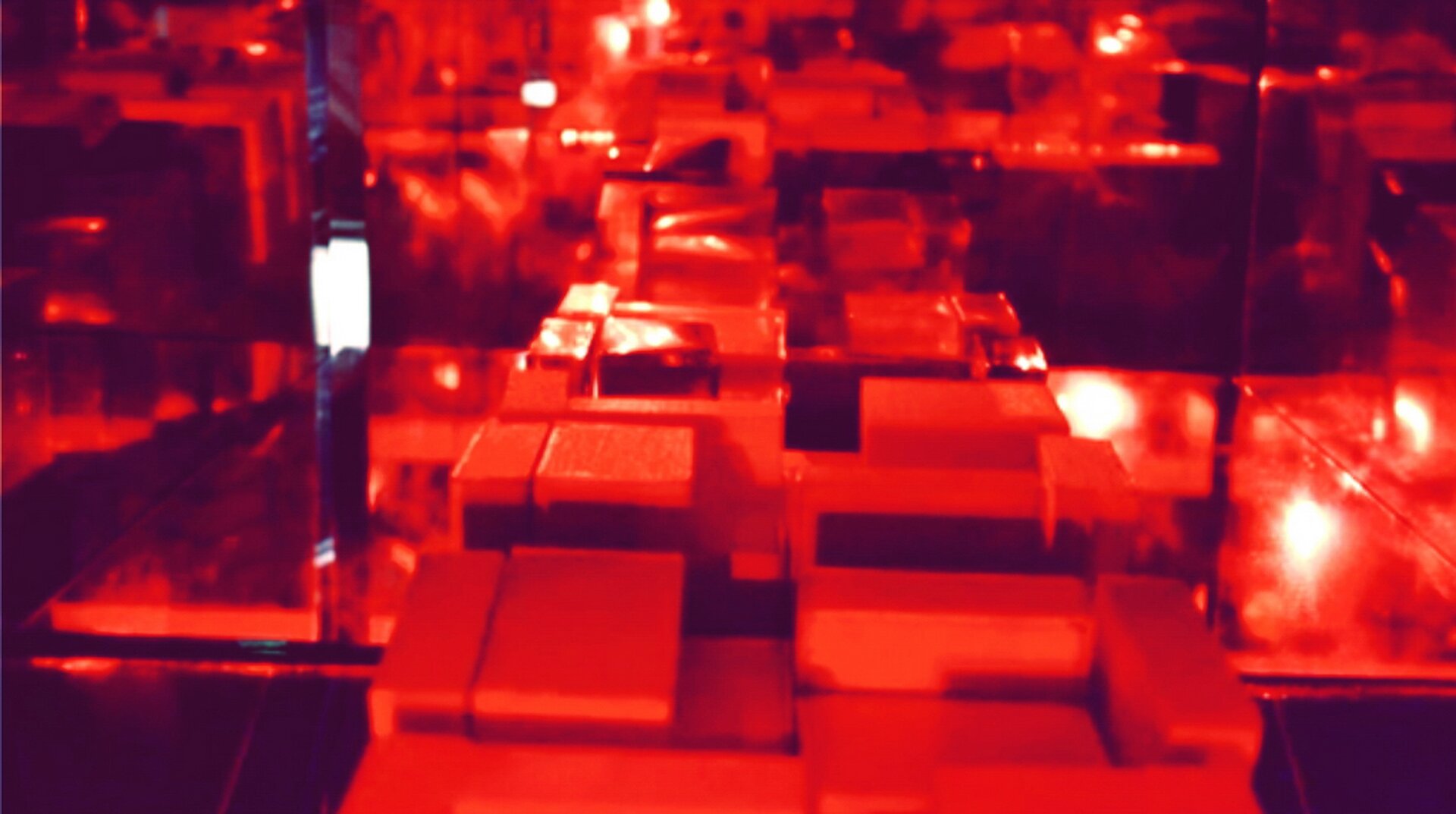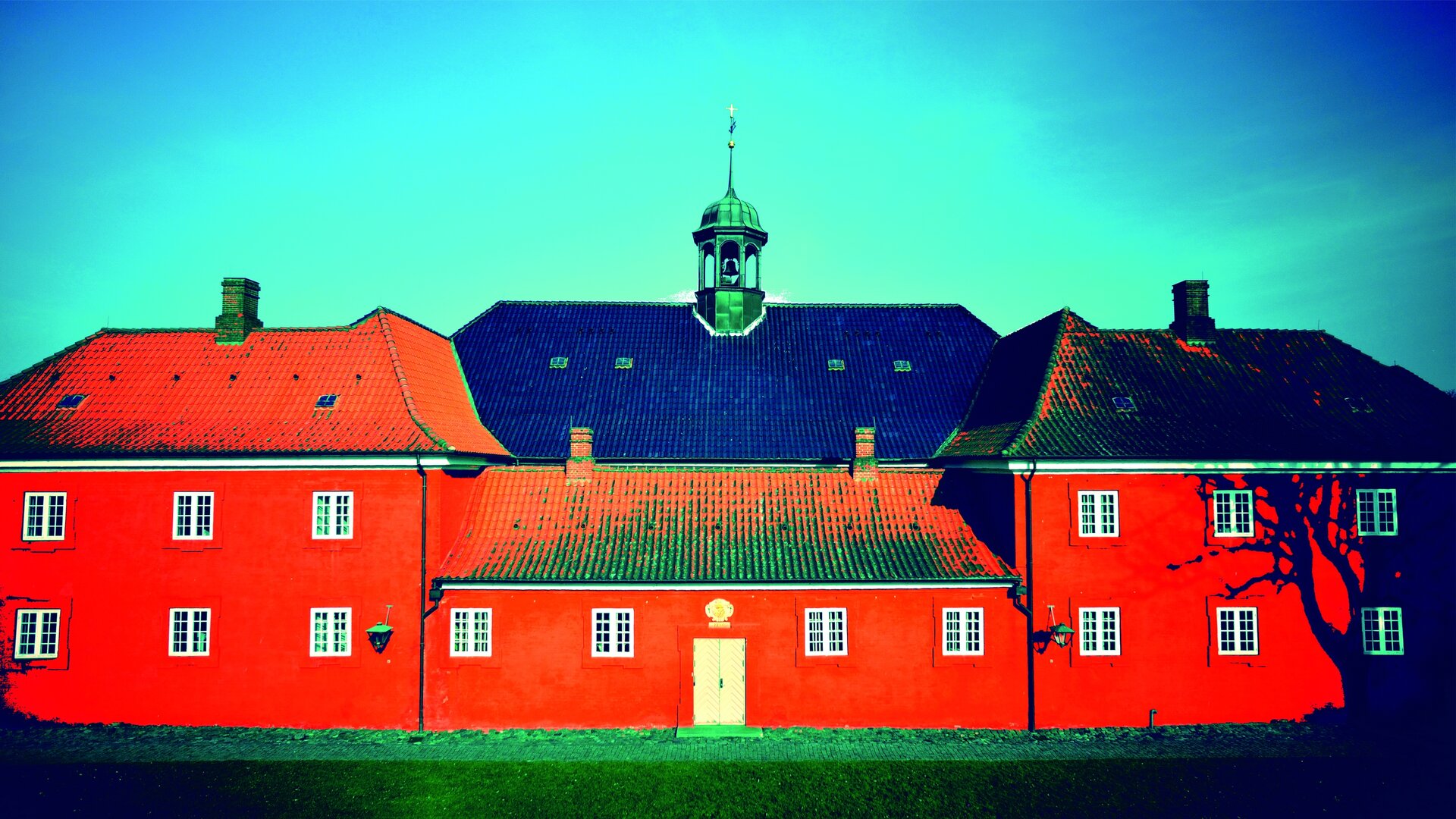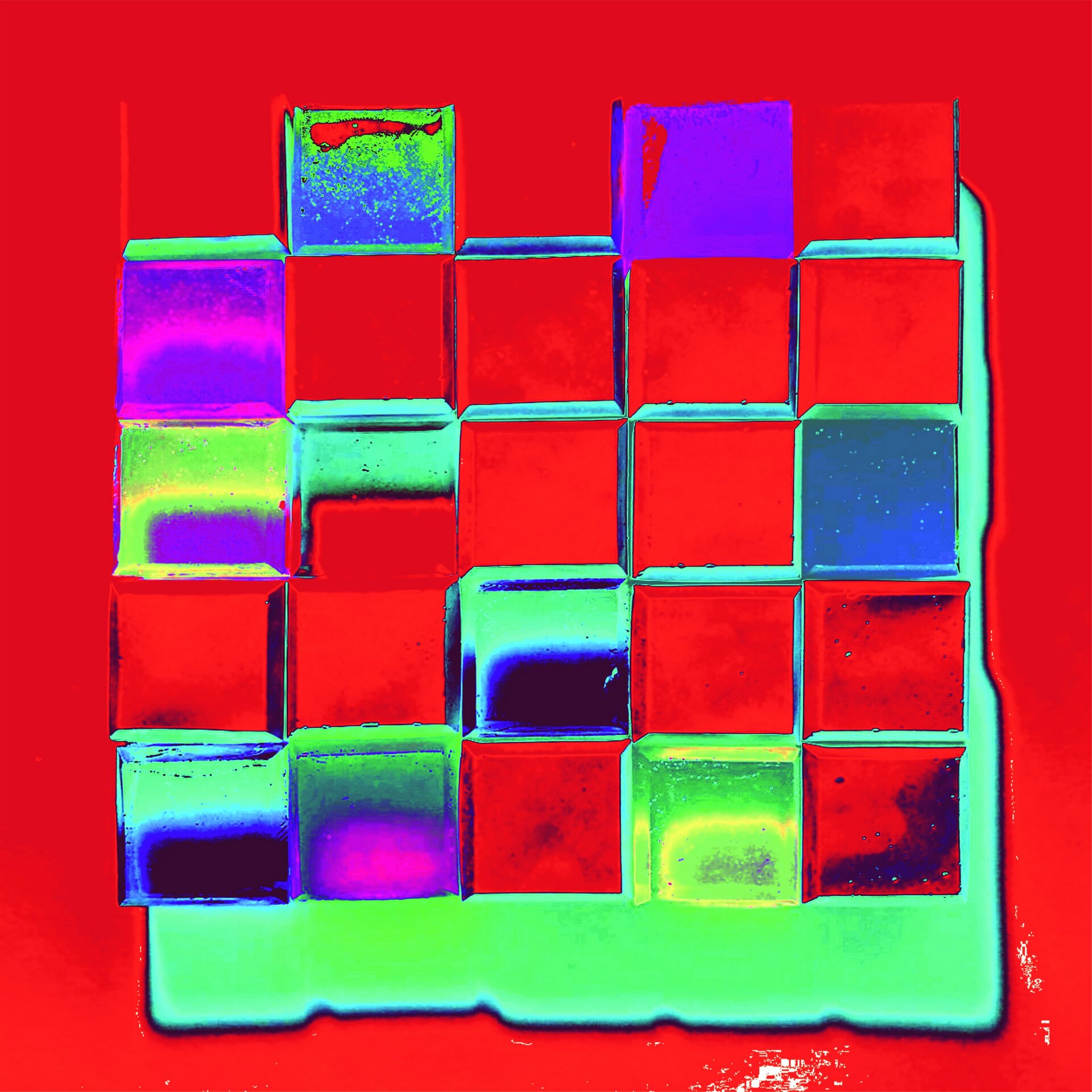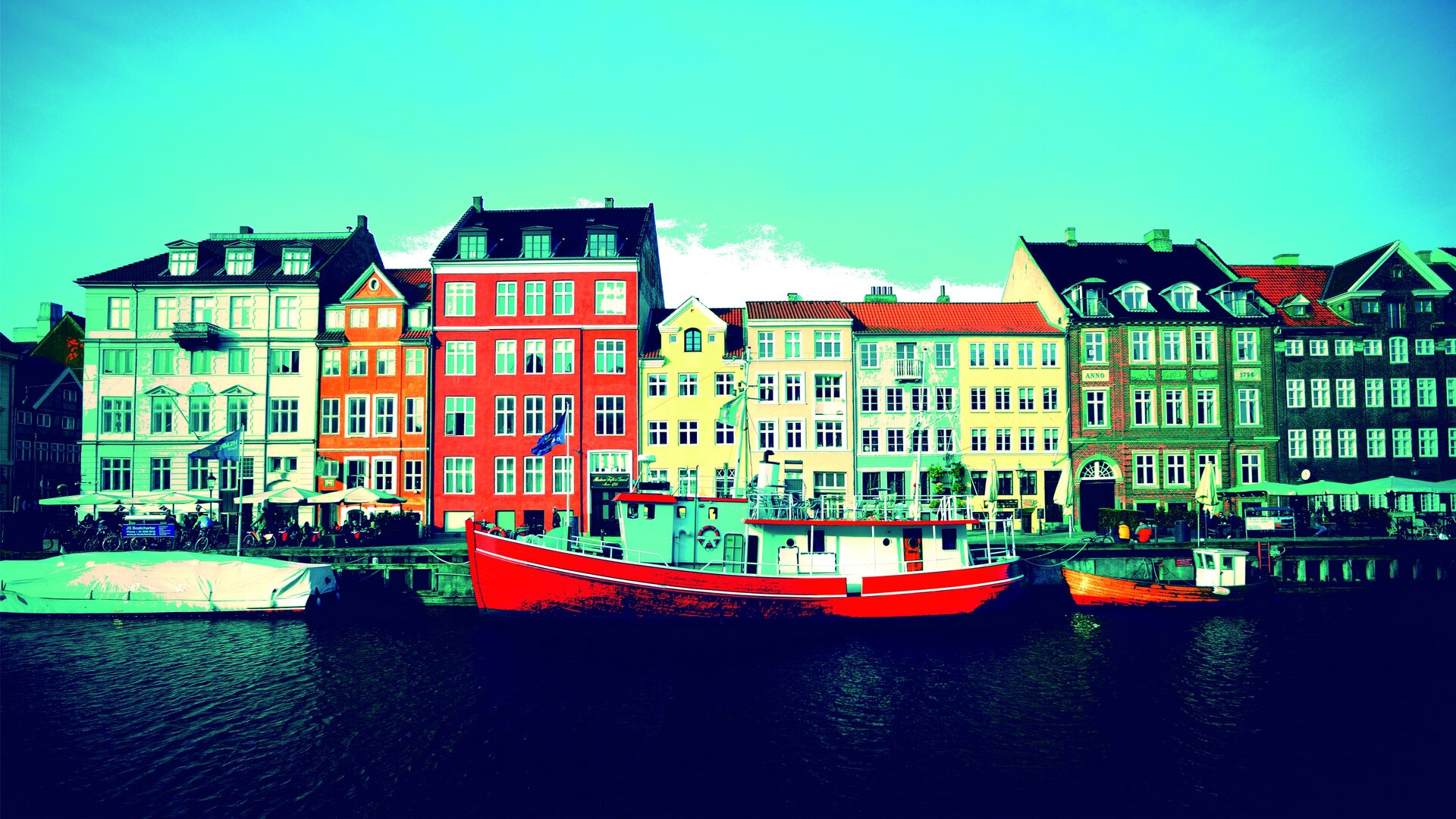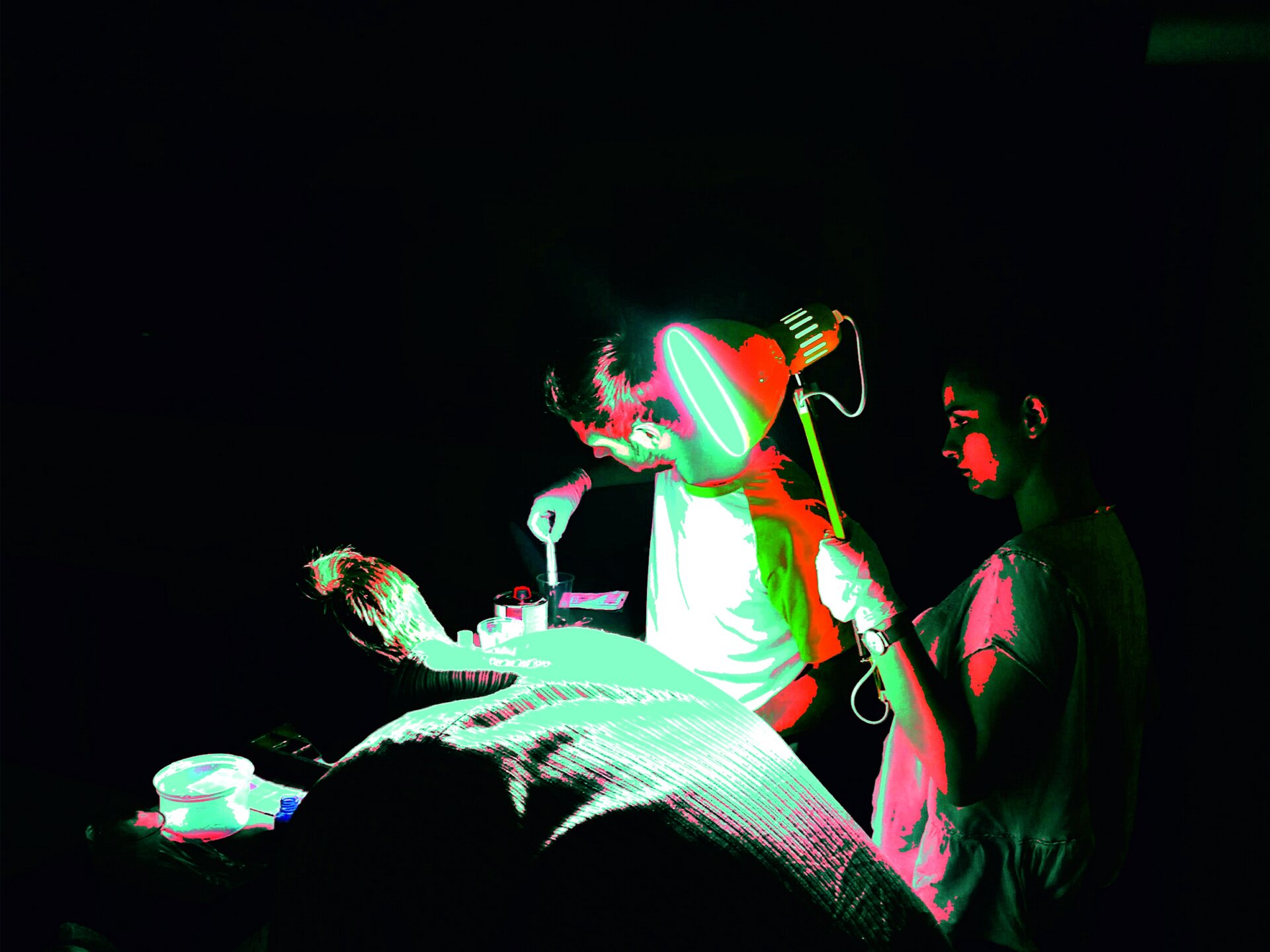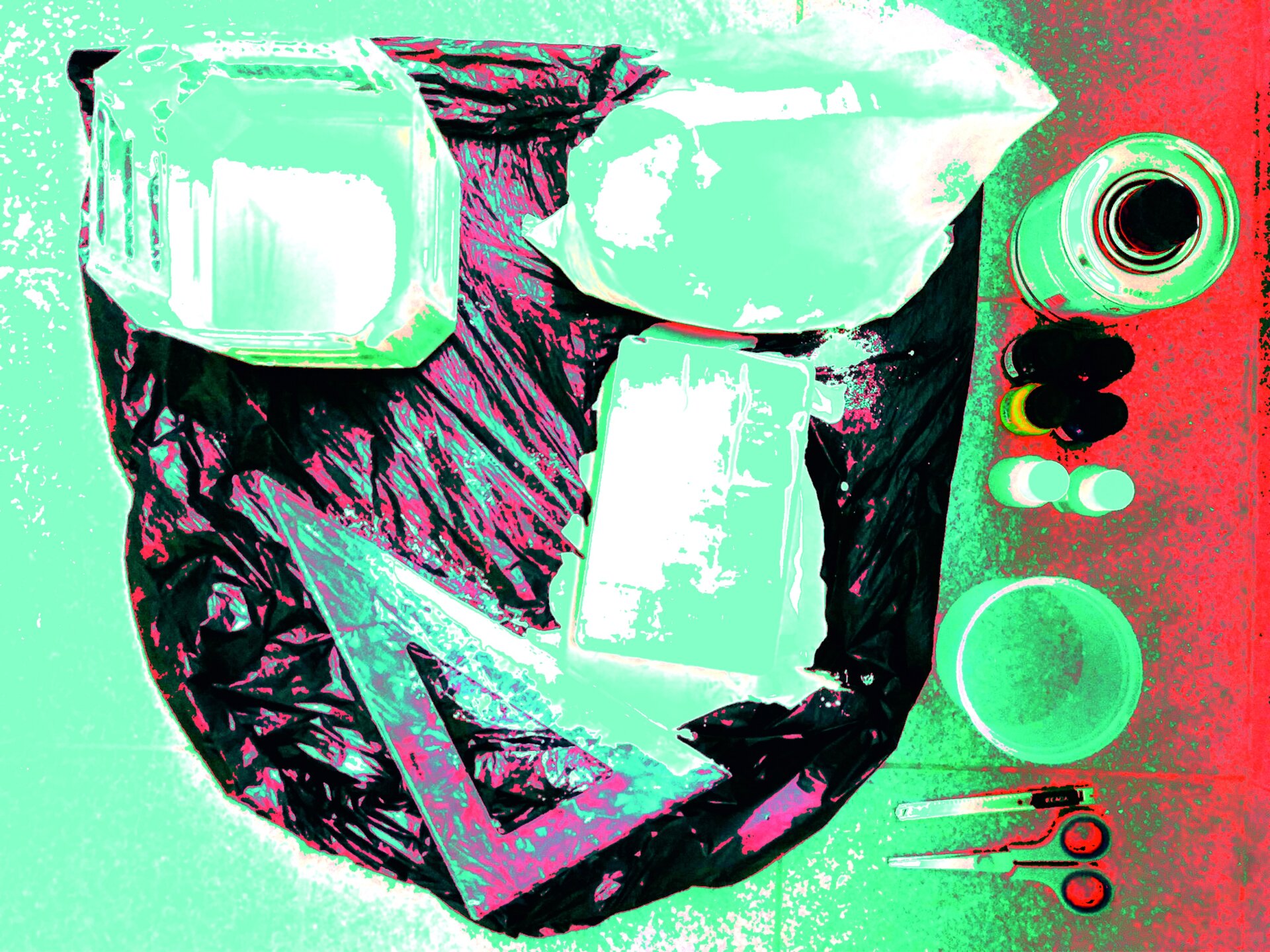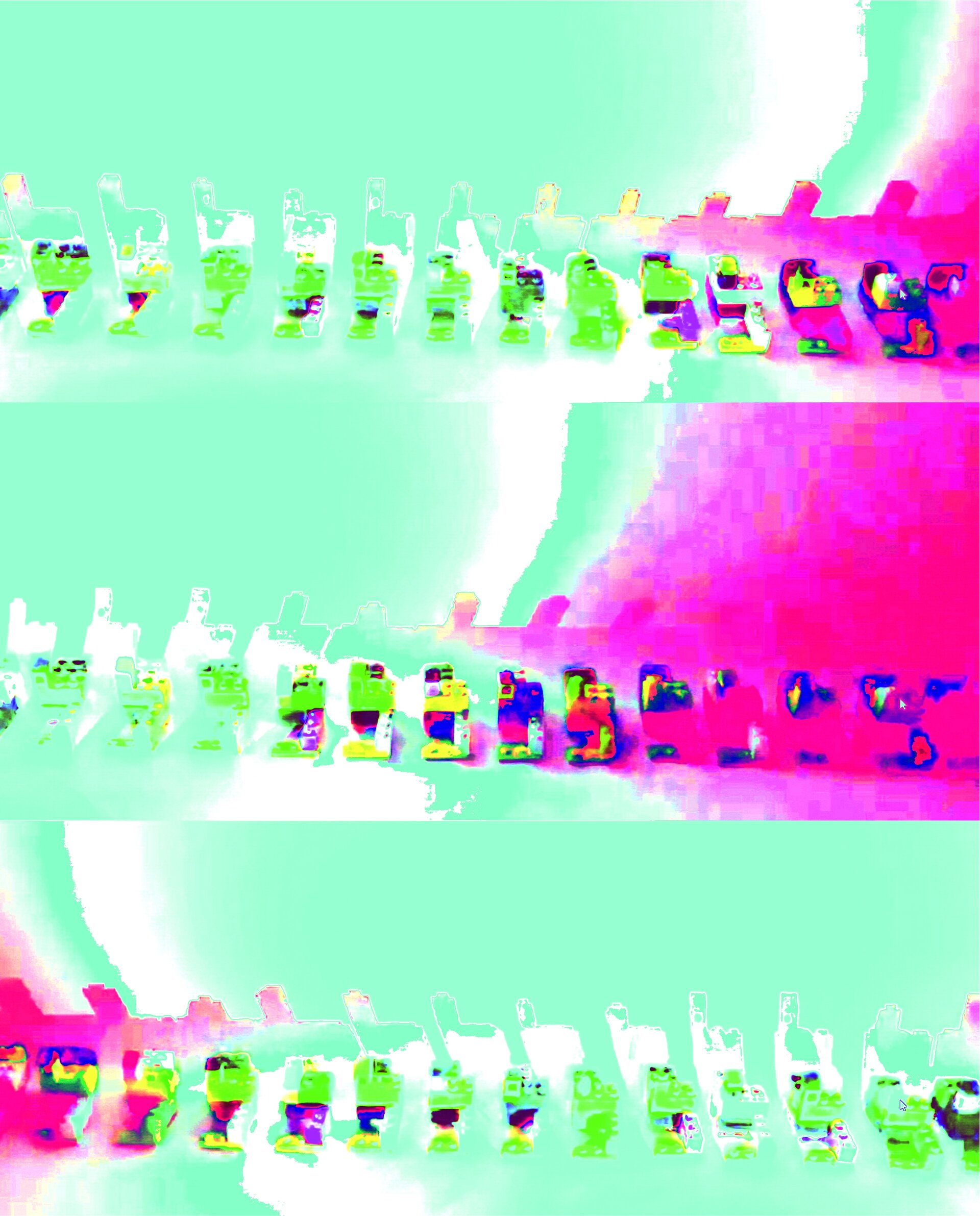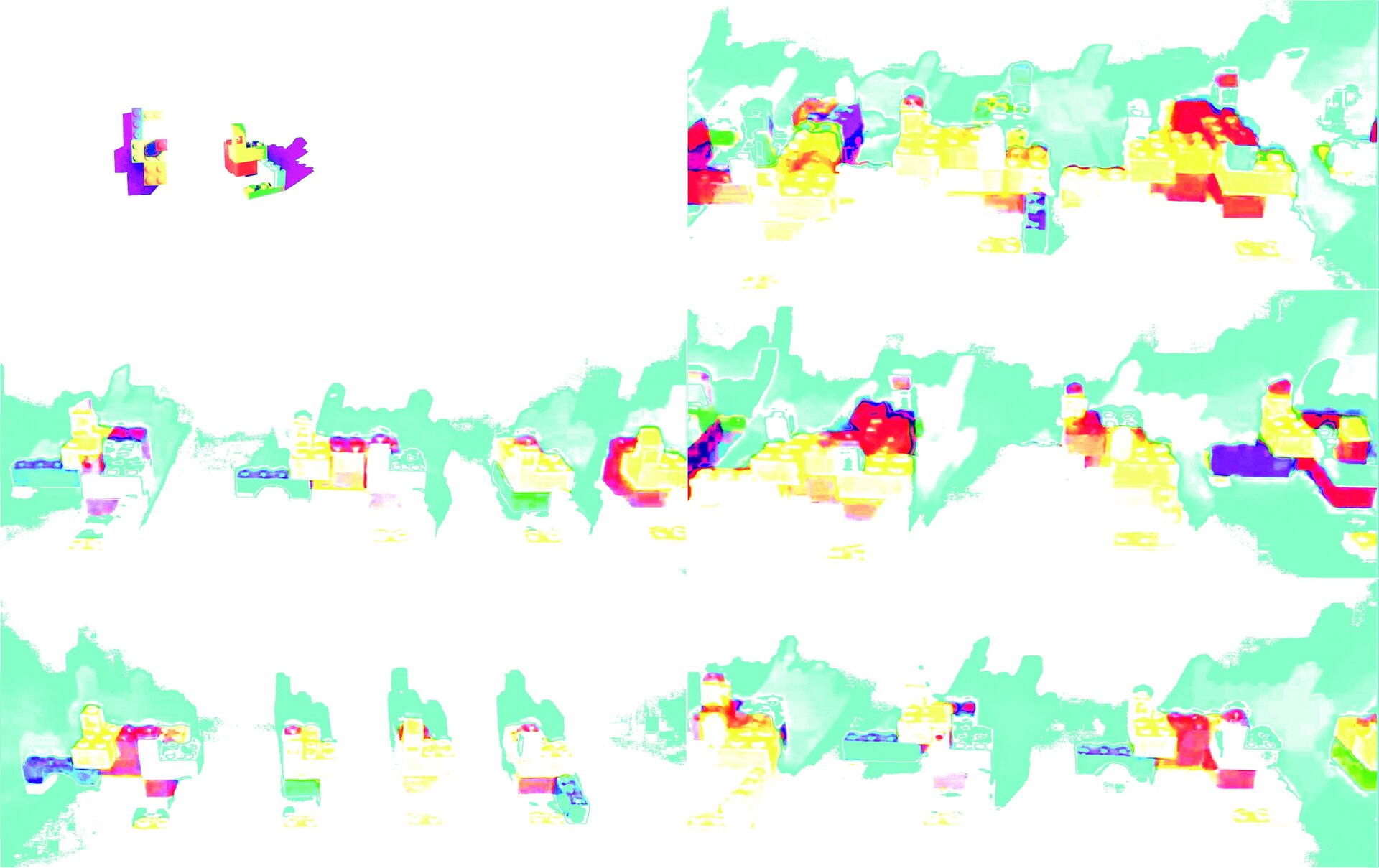
Repetition and Diffence in Copenhagen
Authors’ Comment
Perception_Introspection_Analysis_Synthesis
A study that analyzes the repetitive language of architecture, initiated by Giles Deleuze's theory of Différence et Répétition.
A question… can REPETITION be an architectural vocabulary? What's the difference?
AN INTRODUCTION TO THE COMPLEXITY OF THE ARCHITECTURAL PHENOMENON, in COPENHAGEN, an in situ study, a comparative analysis that defines the simplified elements of a specific language, by multiplication and repetition, highlighting the functionally related volumetric arrangement variants. A complex combinatorics about repetitive elements, about spaces, people, cultural periods, ways of living.
"Repetition and Difference Deleuze uses the introduction to clarify the term "repetition." Deleuze's repetition can be understood by contrasting it to generality. Both words describe events that have some underlying connections. Generality refers to events that are connected through cycles, equalities, and laws. Most phenomena that can be directly described by science are generalities. Seemingly isolated events will occur in the same way over and over again because they are governed by the same laws. Water will flow downhill and sunlight will create warmth because of principles that apply broadly. In the human realm, behavior that accords with norms and laws counts as generality for similar reasons. Science deals mostly with generalities because it seeks to predict reality using reduction and equivalence. He goes on to define repetition as "difference without a concept". Repetition is thus reliant on difference more deeply than it is opposed. Further, profound repetition will be characterized by profound difference."
I. “Difference in Itself. Deleuze paints a picture of philosophical history in which difference has long been subordinated to four pillars of reason: identity, opposition, analogy, and resemblance. He argues that difference has been treated as a secondary characteristic which emerges when one compares pre-existing things; these things can then be said to have differences. This network of direct relations between identities roughly overlays a much more subtle and involuted network of real differences: gradients, intensities, overlaps, and so forth.”
II. “Repetition for Itself. Deleuze takes as axiomatic the notion that there is no time but the present, which contains past and future. These layers describe different ways in which past and future can be inscribed in a present. As this inscription grows more complicated, the status of the present itself becomes more abstract.” (Gilles Deleuze, Difference and Repetition, 1968, https://amp.freejournal.info/)
The exercise aims to identify specific elements and acquire an applied architectural language, based on in situ experimentation and comparative analysis for the analyzed objectives. Beyond the architectural language, often formulated on the basis of aesthetic principles, the subtle ways of expressing some mathematical concepts can produce radical transformations in the organization and development of the built space. Whether we refer to the built object or to a conglomerate (often identified as an urban structure), we can identify elements or principles of composition / decomposition generated based on complex permutations. The ability to identify these principles and transpose them into new study models is the purpose of the exercise. Amplifying creativity, identifying an adaptable pattern (matrix) and transforming it into a working tool, so. are just some of the distinct elements targeted by this workshop.
Typology: workshop, non-formal higher education, university
Disciplines: architectural theory, architectural criticism, visual arts
Purpose: lego models / animations-short movies
Data: 7 days in Copenhagen / 14 days in Bucharest / 46 architecture students / 12 study teams / 12 models / over 24 conceptual short animations
Related projects:
- The third instance
- Places
- Chasing Italo Calvino’s Invisible Cities
- “S” House
- “Architects, students, pupils: experimental participatory design in Malu”
- A scenography for... a city – BOSA (Bucharest Open Street Art)
- LIMITS…. IN THE OLD WORLD, IN OUR VILLAGE
- Repetition and Diffence in Copenhagen
- Architecture & Memory in Berlin
